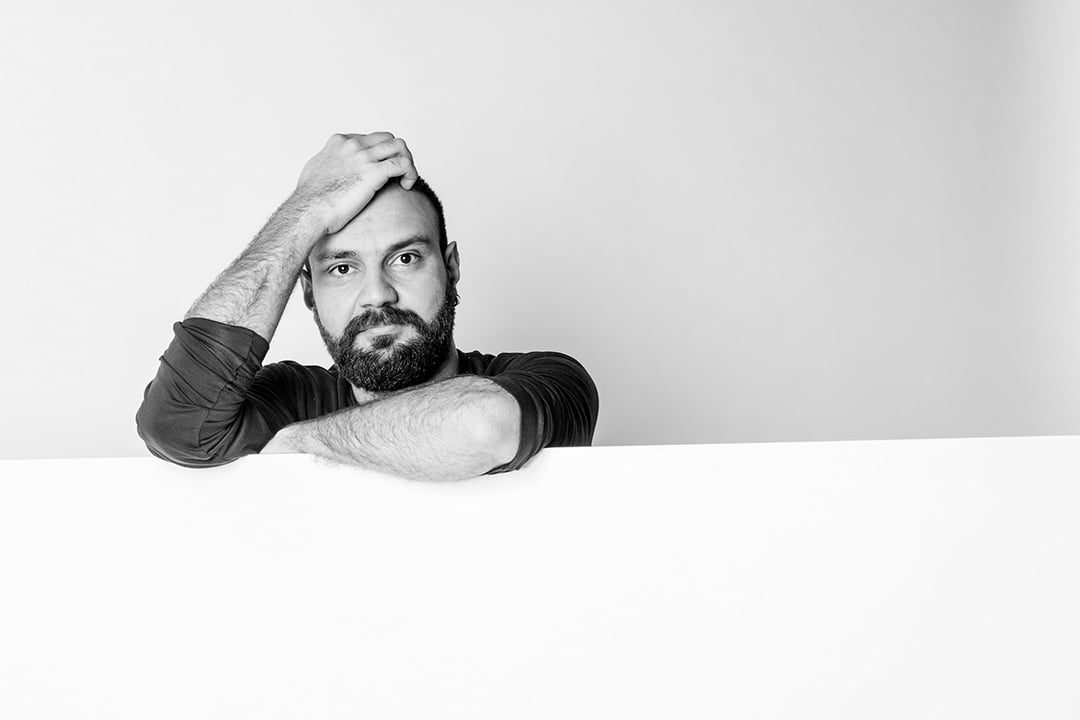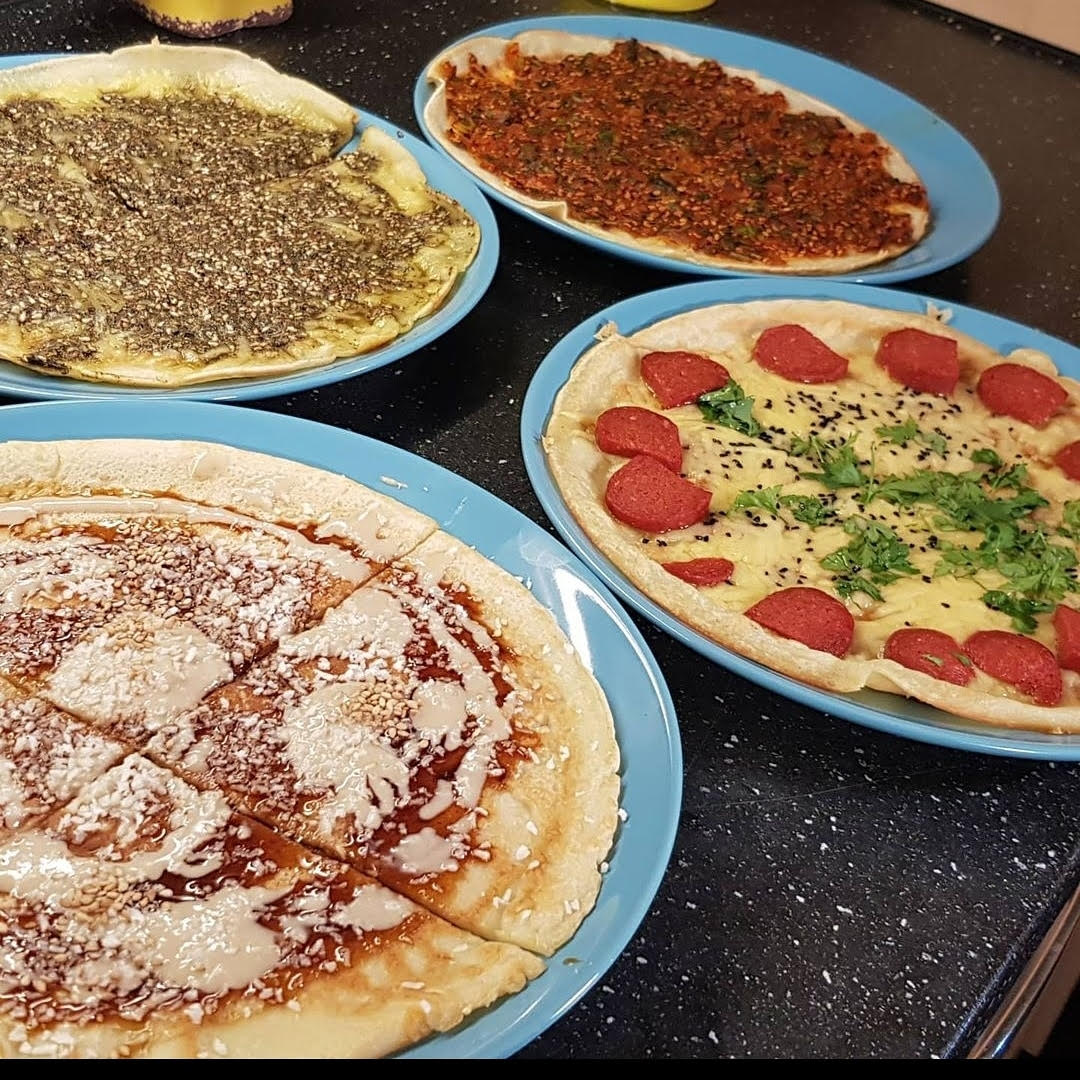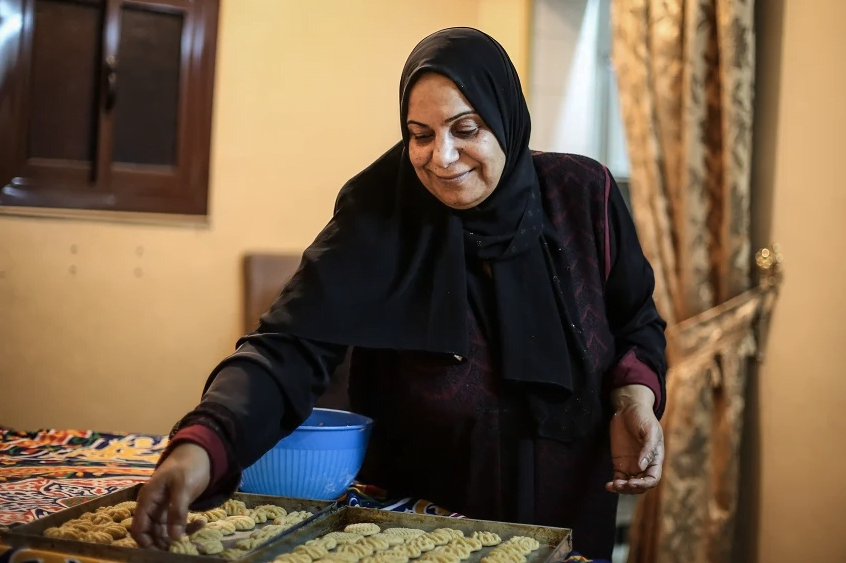The Artist with a purpose
It’s a pleasure to meet you. I am honoured to get the chance to talk to you. Tell me, why did you decide to become an artist? Was there any influence in your life that pushed you to follow this path?
In my opinion, none of us can decide whether to be an artist or not because art is born within us. In Syria, every student aged 18 finishes high school and begins to transfer to a university. At that age, I knew I wanted to become a professional artist, so I studied art and practised it because I believed, and still do, that art can be a language that everyone can understand.
Studying art was due to several factors related to my background: my childhood and the environment in which I grew up allowed me to play freely and with a lot of creativity. And this helped me to create my artistic world in my mind.

Rmelan, a town in the northeast of Syria, where I grew up, is diverse regarding its Arab, Kurdish and Assyrian population demographic. There was a lot of cultural, linguistic and ethnic diversity that surrounded my family house – these factors fuelled my artistic imagination. I realise this more now while creating my artistic work.
Did you go to an art school to do what you love? And where and how were you trained?
From my experience, I would say, it is necessary to study in art academies to become a professional artist. My past is filled with studying; I obtained five degrees from several universities and art academies. I was formally trained in sculpting at the Intermediate Institute of Applied Arts and Damascus University of Fine Arts. After having dealt with the shapes of objects and their spatial features, it made me realise that I am interested in exploring the movement of objects and people within a spatial structure, which led me to study scenography at the Theatre Academy in Damascus. In 2019, I graduated with a master’s degree in performance and installation at the HBK Saar in Saarbrücken, Germany.
Some of your art involves working with other people, as in “Die Konvulsion”, a beautiful performance where “the body is the central organ in this space”. Are you a team player? And is it easy for you to collaborate with other artists?
Yes, your point is very interesting. I express my thoughts in a variety of different media or art forms. But the body is the essential ingredient in all my artwork. I enjoy working with other people because every person involved is an ingredient that enriches the artwork. Therefore, I am building my ideas and concepts to be broad and include many artistic elements, which could be human, music, lighting, or any other element.
“Die Konvulsion” photograph by Joas Strecker
As for the other part of the question, I find collaborative work interesting. I am in a state of dialogue and discussions regarding many details of the artwork. But of course, I face some problems in coordinating the times of all the people involved in the project. This part of the process of collective work of art.
Do you think your cultural heritage informs and contributes to your current practice and, if so, how?
I was born in northeastern Syria in 1991 and belong to the Kurdish community. My experiences growing up inculcated a strong cohesion to this community and played a key role in my present artistic work, defined by an interest in movement, the exploration of space and the body, and the relationship between the individual and the group.
The Kurdish culture takes a large place in my art practice. Sometimes its formulation is not direct, but the artistic recipient can touch it if the audience understands the artwork and relates it to my cultural background. In my opinion, an artwork can bring together different elements, people, and cultures, thus creating a mixed group.
Rmelan, Northeast of Syria
I am sure there have been some difficult episodes in your career. Can you tell us about a challenging time that helped you grow as an artist and how you handled it?
Yes, I think this is a very normal thing that we should be exposed to during our professional life. Perhaps the most difficult of them is the exclusion. You might lose a lot of opportunities just because you are different. In these cases, you cannot do anything.
Another challenging time, which was really difficult, was moving to Germany. As I had to rearrange my life from the beginning and get used to the “new”. I had to overcome many life handicaps that were enough to distract me from art. But now, I am glad of what I have achieved. From my experience, I can tell every hardworking and ambitious person that you can overcome any obstacle and find workable solutions for coexistence. The creative person can be creative in other fields as well.
Do you have an artist who inspires you and/or you admire? If so, who and why?
Yes, there are many, and I cannot mention just one artist. There are many people with whom we share our time and our daily and normal activities. They are also my source of inspiration. Everyone can make an impact. On the other hand, there are many daily situations and stories that we experience. It is also interesting to watch it from another perspective. All of this gives me space to think and inspire.

While we are on the topic of inspiration, what is your favourite moment during the process of creating your art? Conversely, do you have a least favourite moment?
My most exciting moment is when I complete the artwork, and it’s ready to go out and be witnessed by an audience. At that stage, I am eager to receive responses and create a dialogue with the audience. I really care that every work of art gets the message across to the audience. By doing so, you create new questions for them or make them reassess old ones and perhaps acquire new answers related to a specific topic.
As for my least favourite moment, well, it is the organisational matters, fundraising application and administrative matters; perhaps a lot of artists will agree with me on these points.
The current situation in the world is difficult, with a pandemic that attacks almost every industry and leaves no crumbs. Has the current situation affected you? If so, how?
Yes, I think it’s self-evident. It affects every person in the world, and the extent of the effect differs from person to person. But I have been affected, a lot of the artistic activities that I had been invited to or organised myself have been cancelled. This pandemic raised a challenge for us and allowed us to ask ourselves many questions: how do we continue to be creative? How do we maintain solidarity? What is our role as artists?
Perhaps, I, with some other artists, can try to answer these questions. But we don’t necessarily have the answers. Rather, my experiences were an attempt to find answers to these questions. The coming days will determine the value of what we have worked on in this period.
But I can say that I have focused a lot on the form of my artistic practices and going deeper into my research as an artist. And it has worked and created several projects in 2020. The most important is the video performance. The first video relates to the condition of the body in quarantine. It documents the body for 30 days in my apartment area. The video was shown in the exhibition You Are Not Alone, at Penticton Art Gallery in Canada.
The other video I developed through LIBERTY, Creative Europe Programme 2020 in Leicester, UK. It focuses on the concept of freedom of movement. The body was also filmed in different positions. Even the production conditions were very new to me as everything was planned and done via virtual communication platforms.

Concluding on a sweet note, when do you feel you are at your happiest at work?
When I think and create my project concept. Also, when I start building the scene or image that I have in mind.
🌿






1 comment